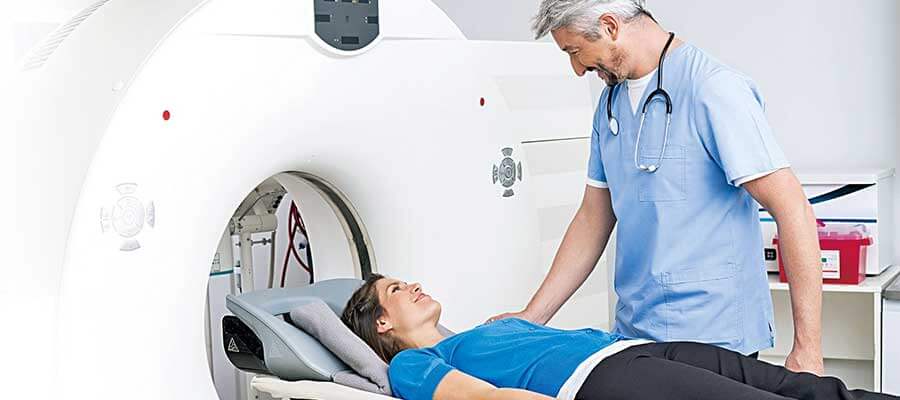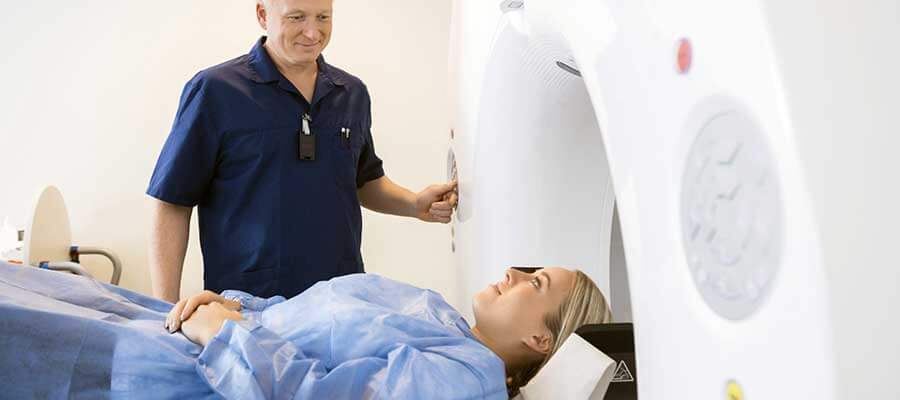MRI Tech Salary in Daytona Beach Shores
The numbers are in and it shows that MRI Tech salaries are going up. According to in a recent report by industry experts in the state of Oklahoma MRI Tech’s Monthly Pay is over $6297. That is not because hospital want to pay more but rather a case of supply and demand. There aren’t enough available MRI Techs in the job market! Don’t take our word for it, check out online job marketplaces. The number of job openings for Work From Home Pet MRI Technologist is at an all-time high! This is a great opportunity for those considering a rewarding career as an ARRT Certified CT Techs If you are looking for what’s an MRI Tech Salary in Daytona Beach Shores, know that you first need to get trained before getting paid! Not ready, no problem, get your FREE info package on how to become an MRI Tech in Daytona Beach Shores!
Get FREE Information on MRI Tech Programs in Daytona Beach Shores
MRI Tech School & Programs Daytona Beach Shores
When you are considering a rewarding career as a Qualified Radiologic Technologists (RT) you have to take into consideration Pulse Radiology Education an MRI Tech School, where your success is our tradition. For almost five years Pulse Radiology Institute has been a top rated online MRI tech school and the go-to website for those researching things like MRI online among other things because of our track record.
Blog Related to MRI Tech Salaries & Jobs in Daytona Beach Shores
Top MRI Technologist Salary in Daytona Beach Shores Searches
- MRI Tech Salary in Azalea Park FL
- MRI Associates in Virginia Beach Virginia
- MRI Associates in College Park Georgia
- MRI Associates in North Sarasota Florida
- MRI Associates in Dothan Alabama
- MRI Tech Salary in Horizon West Florida
- MRI Associates in Hollywood New York
- MRI Associates in San Marcos TX
- MRI Tech Salary in Lake Wales Florida


